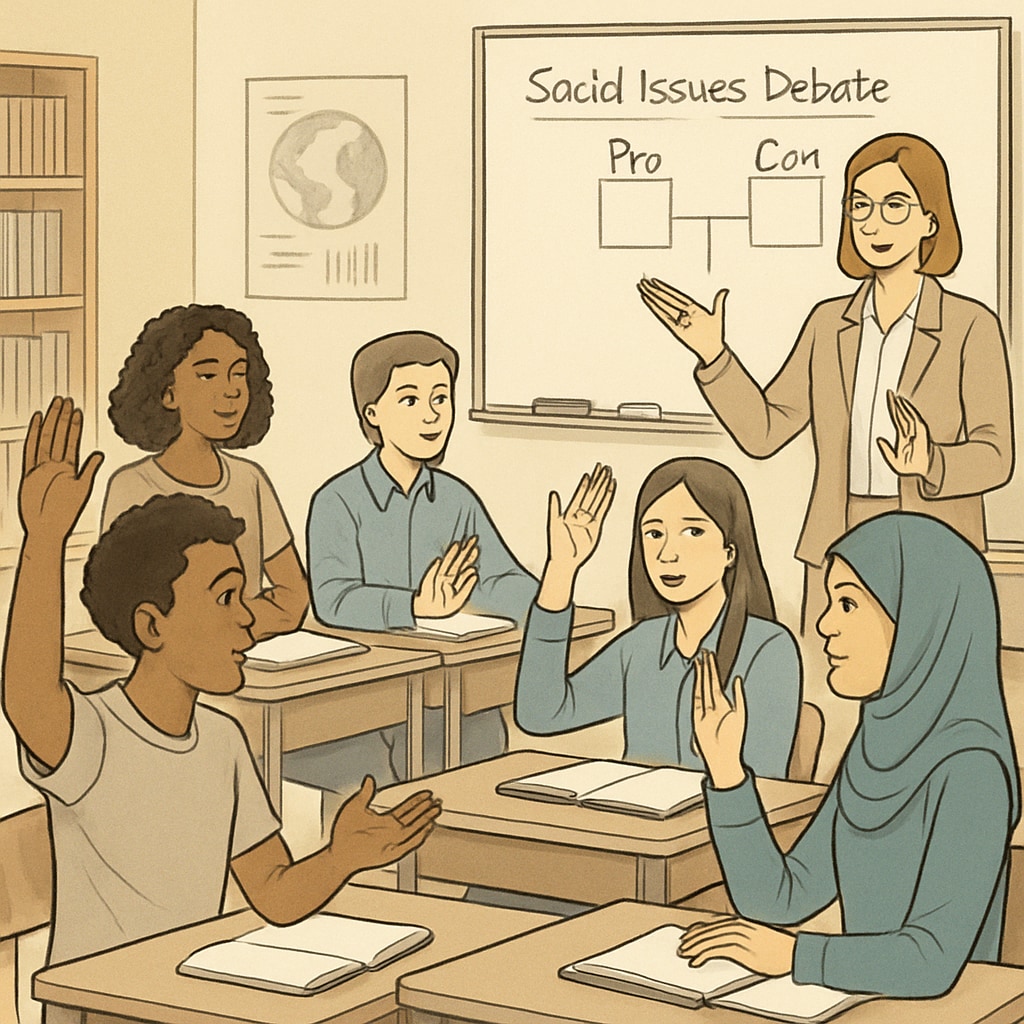The phenomenon of “wokeness in schools” has become a defining feature of contemporary K12 education. It represents a shift toward heightened awareness of social issues, ranging from equity and inclusion to historical justice. While this cultural trend aims to foster empathy and consciousness among students, it has also sparked debates about its influence on student cognition, particularly in balancing ideological education with the development of critical thinking skills.

Understanding Wokeness in Educational Contexts
Wokeness, broadly defined as a heightened awareness of social and political issues, has permeated educational institutions across the globe. Schools are increasingly integrating lessons on diversity, equity, and inclusion into curricula, aiming to prepare students for a multicultural and interconnected world. However, these efforts are not without challenges.
For example, while many students appreciate the focus on social justice, others feel that it sometimes overshadows traditional academic priorities. Striking a balance between ideological education and fostering critical thinking remains a key concern for educators. According to a Wikipedia article on social justice, the concept aims to address inequities, but its application in schools requires careful calibration to avoid unintended consequences.
Student Perspectives on Political Correctness
One of the most discussed aspects of wokeness in schools is the emphasis on political correctness. While this approach seeks to promote respectful communication and prevent harm, some students perceive it as limiting their freedom of expression. This tension has been documented in various studies, where students express concerns about navigating sensitive topics without fear of social retribution.
For instance, a survey conducted by a leading education research firm revealed that 40% of K12 students felt hesitant to share their opinions during class discussions on controversial topics. As a result, educators are tasked with creating environments where all viewpoints can be expressed while maintaining respect and civility.

The Balance Between Value Shaping and Critical Thinking
One of the most significant challenges in incorporating wokeness into education is achieving a balance between shaping values and cultivating critical thinking. While the former focuses on instilling ethical principles and empathy, the latter encourages students to question, analyze, and form independent conclusions.
Educators have found that combining these two approaches can yield positive outcomes. For example, integrating case studies on historical injustices with open-ended questions encourages students to evaluate complex issues critically. Resources such as the Britannica article on critical thinking emphasize the importance of teaching students how to think rather than what to think.
Challenges and Opportunities:
- Challenge: Avoiding ideological bias while presenting topics objectively.
- Opportunity: Using wokeness as a gateway to teach empathy alongside analytical skills.
Conclusion: Reflection on Wokeness in Schools
In conclusion, the phenomenon of wokeness in schools offers both opportunities and challenges for K12 education. While it can inspire greater social awareness and ethical understanding, it requires careful integration to ensure that students also develop critical thinking abilities. By fostering environments that respect diverse viewpoints and encourage open dialogue, educators can help students navigate the complexities of contemporary issues effectively.
Ultimately, the goal is to equip students with not only the knowledge to engage with societal challenges but also the skills to critically evaluate the world around them. As schools continue to evolve, the delicate balance between ideological education and cognitive development will remain at the forefront of educational discourse.


